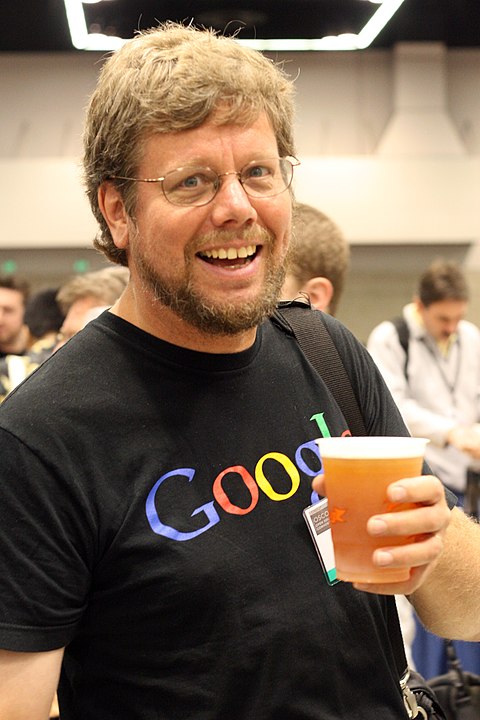What is Python?
Python was developed and released by Guido van Rossum (pictured below) in 1991. Python is not used in the creation of any OS, but this does not mean that an OS could not be written in Python given the correct packages (libraries and/or other dependencies) also written in Python and/or related binaries written in other languages like assembly or C .

Python is one of the most requested language by employers including some of its specialized packages ranging from data manipulation like Pandas and NumPy to science like SciPy and Anaconda including artificial intelligence (AI) like TensorFlow and Keras. The latter is closely related to the fact that Python is available natively (no forced environment installations) for various OSs.
- AIX, HP-UX and Solaris (Unix)
- IBM i (formerly AS/400, then iSeries)
- iOS
- Linux, including Cygwin (setup I have used)
- macOS (setup I have used)
- OS/390, VMS and z/OS
- RISC OS
- Windows (setup I have used)
Therefore Python has become an important programming language to learn and there are lots of resources on-line not to give it a shot especially after the National Security Agency (NSA) and similar organizations have come up with a list of "memory safe" languages (lower chance of code being exploited). Python is considered a safe language.
Python is an interpreted language. In other words, a Python program (.py) is not compiled — not made into a binary, unless using a third-party package like PyInstaller. The interpreter needs to read and verify line by line of the code (no syntax errors) before it can run it. As with every interpreted language, code depends on the version of the language, packages being the correct version for the code or up to date. The latter also means that the program might need to revised if the language has changed since the code was written and/or if the packages need to changed and/or updated due to security concerns (exploits).
print("Hello World!")
Python is a high-level language. This means that the programmer does not need to know about the computer that the code is running or will run on and the code is expected to run regardless of OS or hardware. In other words, Python is cross-platform and does not interact with the OS or hardware directly like assembly or C rather at the shell level. Of course, as with most modern languages, Python can make system calls (syscalls) via packages and/or a binary written in assembly or C if needed.
On a personal level, although this would sound like a cheap plug, I really enjoy writing code in Python. I have not had so much fun with a programming language since BASIC. I am also looking for a good lesson plan in order to write my own syllabus that I can use to teach at an adult education level.
